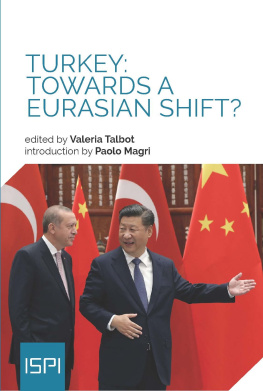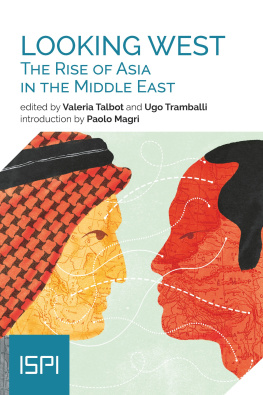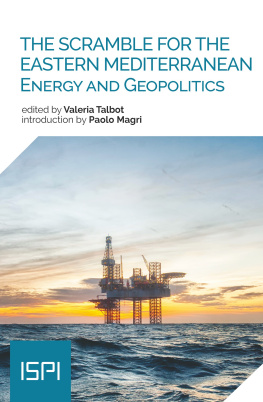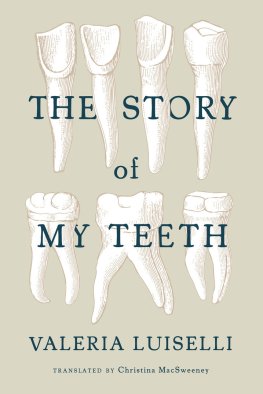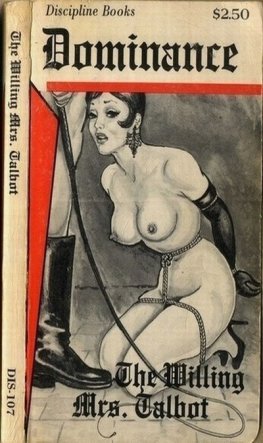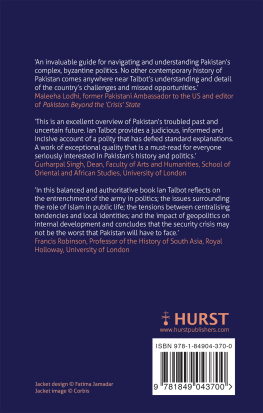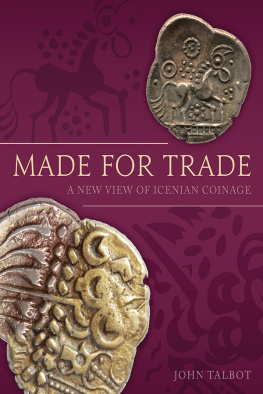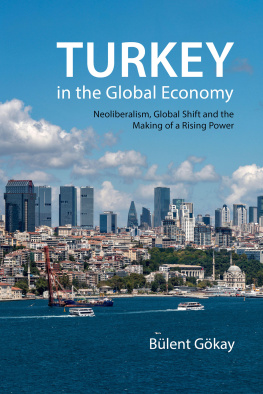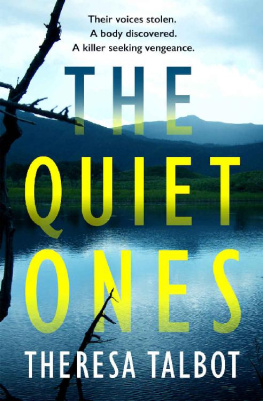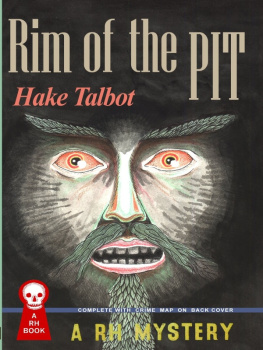2018 Ledizioni LediPublishing
Via Alamanni, 11 20141 Milano Italy
www.ledizioni.it
Turkey: Towards a Eurasian Shift?
Edited by Valeria Talbot
First edition: April 2018
The opinions expressed herein are strictly personal and do not necessarily reflect the position of ISPI
Print ISBN 9788867057627
ePub ISBN 9788867057634
Pdf ISBN 9788867057641
DOI 10.14672/67057627
ISPI. Via Clerici, 5
20121, Milano
www.ispionline.it
Catalogue and reprints information: www.ledizioni.it
Introduction
Over the last few years, Turkey seems to have embraced the East again. A number of factors have drawn the attention on Ankaras renewed Eurasian shift: Turkeys rapprochement with Russia, Erdoans reiterated interest in joining the Shanghai Cooperation Organization (SCO), the revitalisation of ties with Central Asian countries and closer economic ties with China, to name just a few examples. Ankaras interest in Eurasia is not new, though it has recently gained momentum in the political discourse of the incumbent Justice and Development Party (AKP). Beyond the official rhetoric of the Turkish government, Turkeys shift towards a rising Eurasia seems to be in line with the changing geopolitical environment in the Eurasian continent. This vast area is home to some of the worlds most powerful and dynamic states, as well as major energy producers and developing markets. At the same time, this eastward shift is part of a multidimensional foreign policy strategy, constantly advocated by the AKP. Diversification is a constant theme of Turkish foreign policy, and is a key component of the strategic depth doctrine developed by Ahmet Davutolu in 2001 that was at the core of Turkeys external action for more than a decade. This theoretical approach goes hand in hand with an ingrained pragmatism in Turkish foreign policy calculations. In fact, geo-strategic, economic and energy interests have gained greater importance as drivers of Ankaras external action, also towards Eurasia.
While Russia remains Turkeys main energy supplier, Chinas Belt and Road Initiative offers great opportunities to attract investments aimed at developing Turkeys ambitious infrastructure projects and opening new routes and markets for Turkish exports. This inevitably affects Turkeys relations with other regional players from Central Asian republics to Iran, Pakistan and India in terms of both cooperation and competition.
Turkeys eastward shift is also the litmus test for the ups and downs in relations with its traditional Western partners the United States and the European Union (EU). Growing tensions with the West are encouraging Turkey to further diversify its foreign policy. This was the case in the aftermath of the July 2016 attempted coup, when ties with the EU and the US progressively soured due to mutual criticism. It became even clearer when diverging positions towards the Kurds resurfaced in the context of the war against the Islamic State (IS) in Northern Syria.
Against this background, Ankaras pursuit of a Eurasian strategy is raising doubts about Turkeys stance vis--vis its traditional Western partners, its closeness to Western-led international organisations and adherence to Western values. However, to this day Turkey still retains strong economic and security ties with the West. In the security domain, Ankara does not call into question its NATO membership, despite deeper cooperation with Russia in the security field. At the economic level, Russia and China have ranked among Turkeys top trade partners over the past few years. Still, Europe as a whole remains Turkeys largest trade partner as well as the main foreign investor in the country. Simply put, Turkey shift towards Eurasia does not imply that the country is leaving the West to join the East at least not in the short term. Indeed, recent developments seem to suggest that Ankara is laying the groundwork for a further shift of its interests to the East: but it remains to be seen whether and to what extent this is the product of a strategic shift, rather than the result of a trial to balance between the East and the West.
This report aims to analyse the challenges and opportunities of Turkeys eastwards shift, addressing some key questions. What are the domestic drivers of Turkeys Eurasianism? What are the strategic and economic interests at stake? Who are Turkeys main partners and competitors in Eurasia? How are Turkey and Russia reshaping their relations beyond the Syrian context? What are the main features and interests in the cooperation between Ankara and Beijing? How will the Eurasian shift affect Turkeys relations with the EU?
To better frame Ankaras policy options and actions, the first chapter by Oktay Tanrsever focuses on a preliminary analysis of Eurasianism in Turkey. The question of Turkeys strategic orientation re-emerged in the aftermath of the Soviet collapse, with the end of the bipolar world. Eurasianist discourses became central in the early 2000s and influenced both foreign and domestic policies. More recently, Eurasianism has been adopted by President Erdoan and his AKP as a counter-balancing act vis--vis the West, moving Turkey towards the East in search of new alliances. After framing the concept of Eurasia and Eurasianism, the author analyses Turkeys role in both Asia and Europe, arguing that the country is still Europe-oriented despite its growing economic and political ties to Asia.
In his chapter Stephen Larrabee analyses Turkeys attempts to play an expanded role in some of the newly independent post-Soviet states. The author provides insights on Turkish policy towards Central Asian republics and the South Caucasus, especially after the August 2008 Russian invasion of Georgia. In Central Asia, Turkey unsuccessfully tried to play the role of the big brother, due to some countries Turkic roots, while its foreign policy towards the South Caucasus was shaped by a deep concern for the potential consequences of regional instability in its neighbourhood. This led Ankara to attempt to normalise its relations with Armenia, and to enhance regional cooperation by launching the Caucasian Stability and Cooperation Platform. While these efforts have been hampered by Turkeys historical competition with Russia in the region, which escalated in 2008, Larrabee points out that over the last decade bilateral relations between Ankara and Moscow have significantly improved, especially in the energy field.
In the third chapter Carlo Frappi delves deeper into Turkish-Russian ties. Turkey and Russia cooperate and compete in most, if not all, of the following areas: trade, energy, security in the South Caucasus, relations with Europe, and the Middle East. Against this background, the author highlights the evolution of the Turkish-Russian entente, based on the double compartmentalisation of bilateral relations. In other words, Ankara and Moscow tend to capitalise on their common interests, i.e. convergences, keeping them well distinct from political divergences in order to avoid direct confrontation. Therefore, the author underlines how cooperation between Turkey and Russia in the Middle East is structurally weak. Future developments in Turkish-Russian relations will largely depend on whether and to what extent the current precarious equilibrium between the two countries can be preserved.


